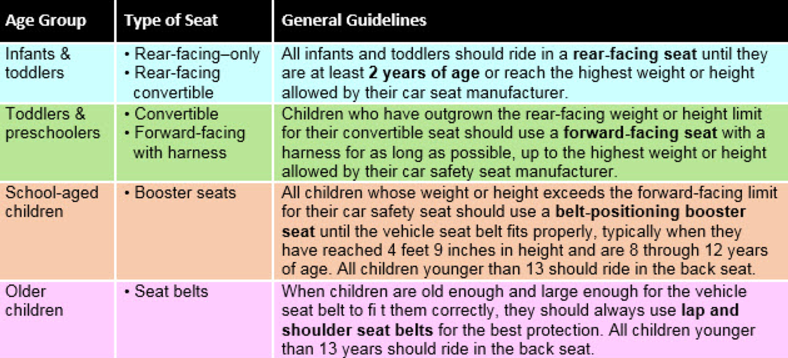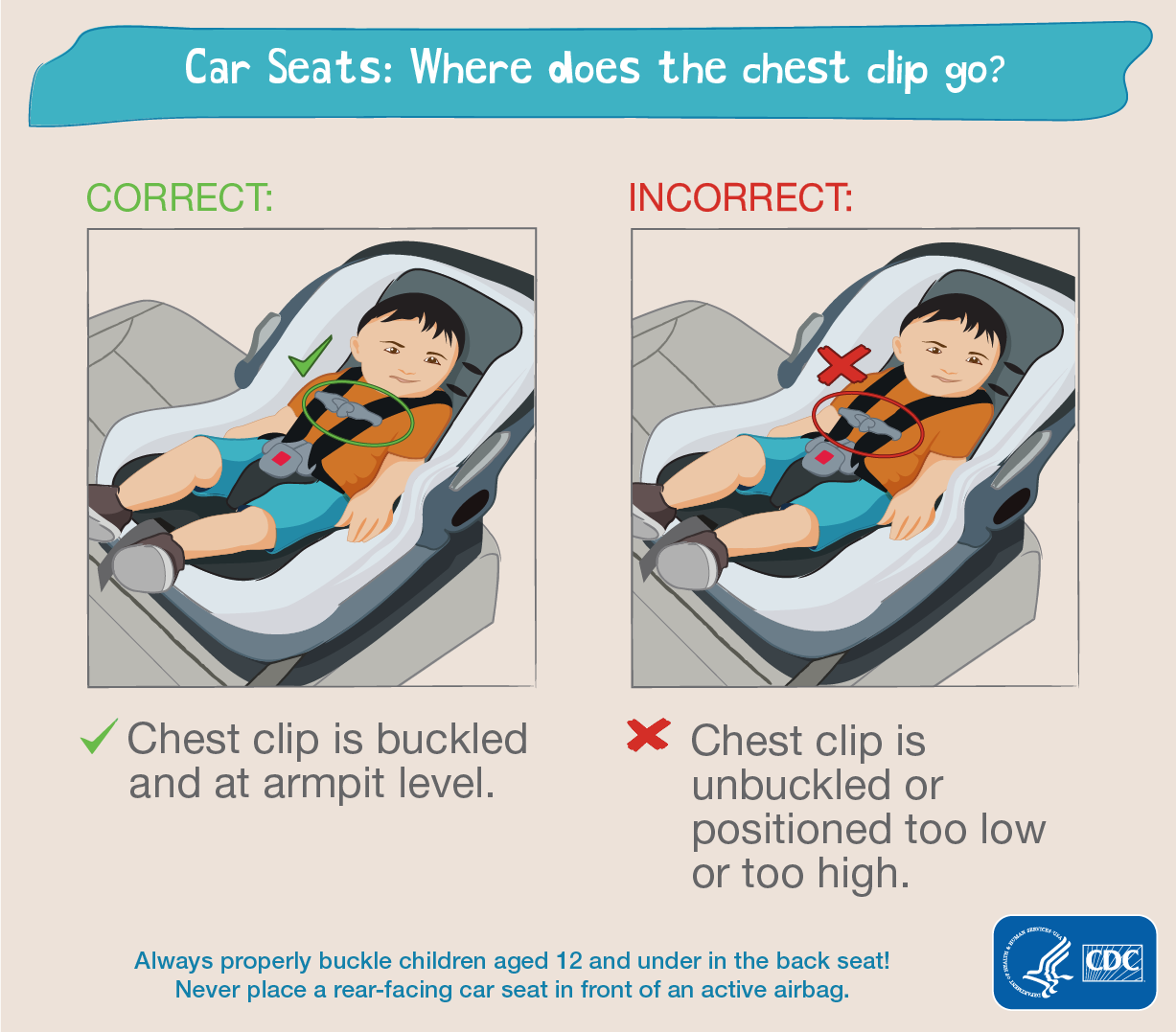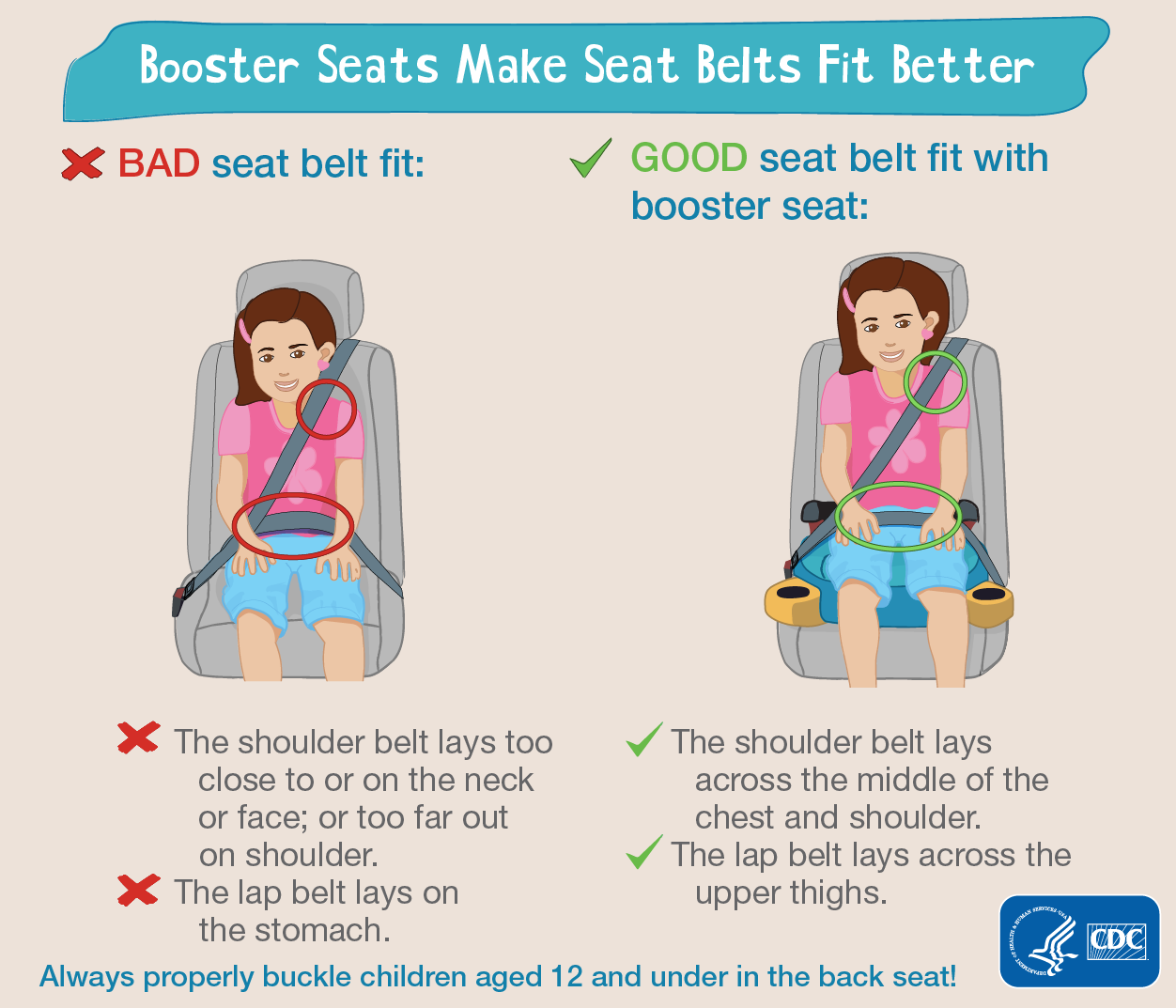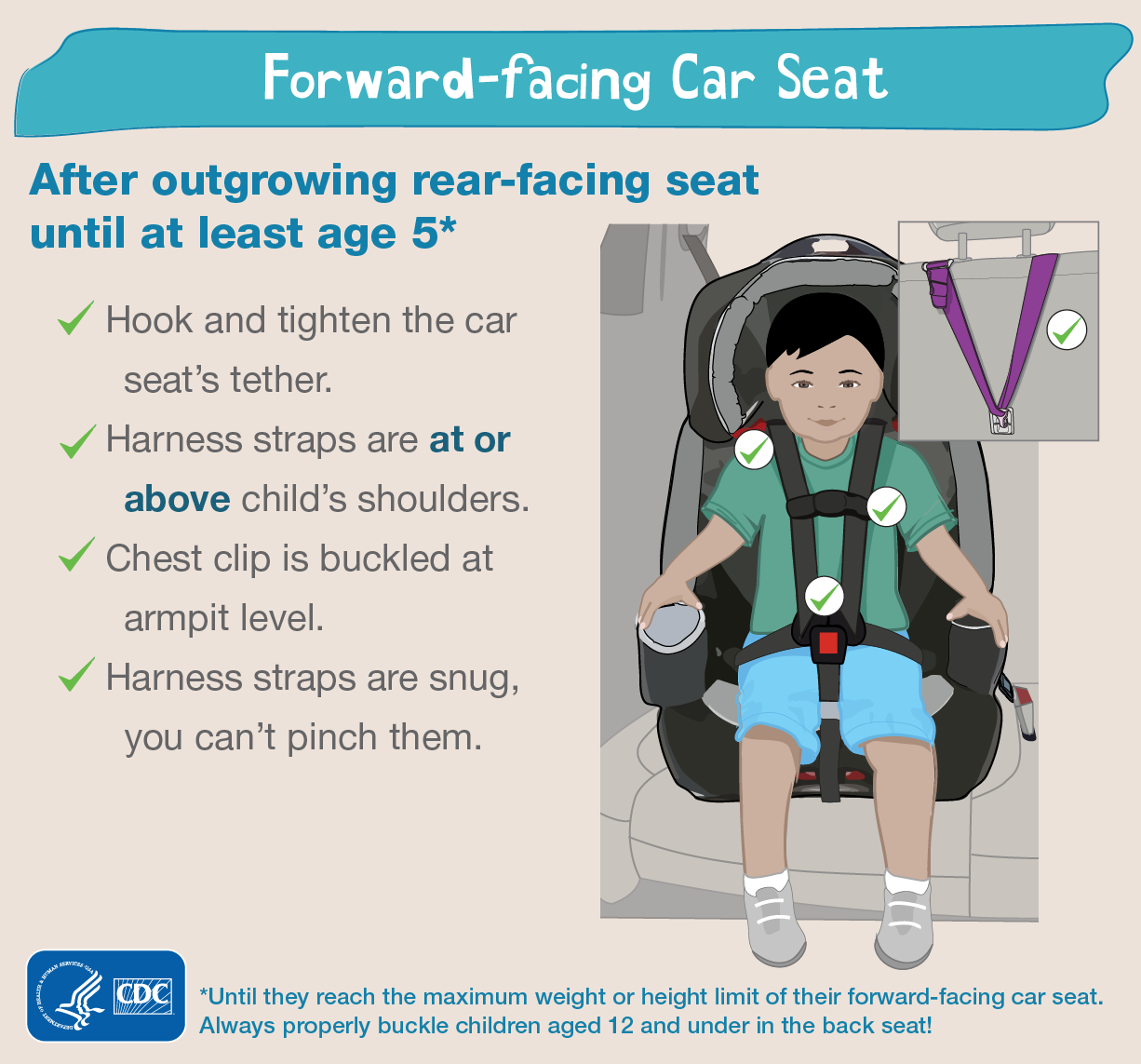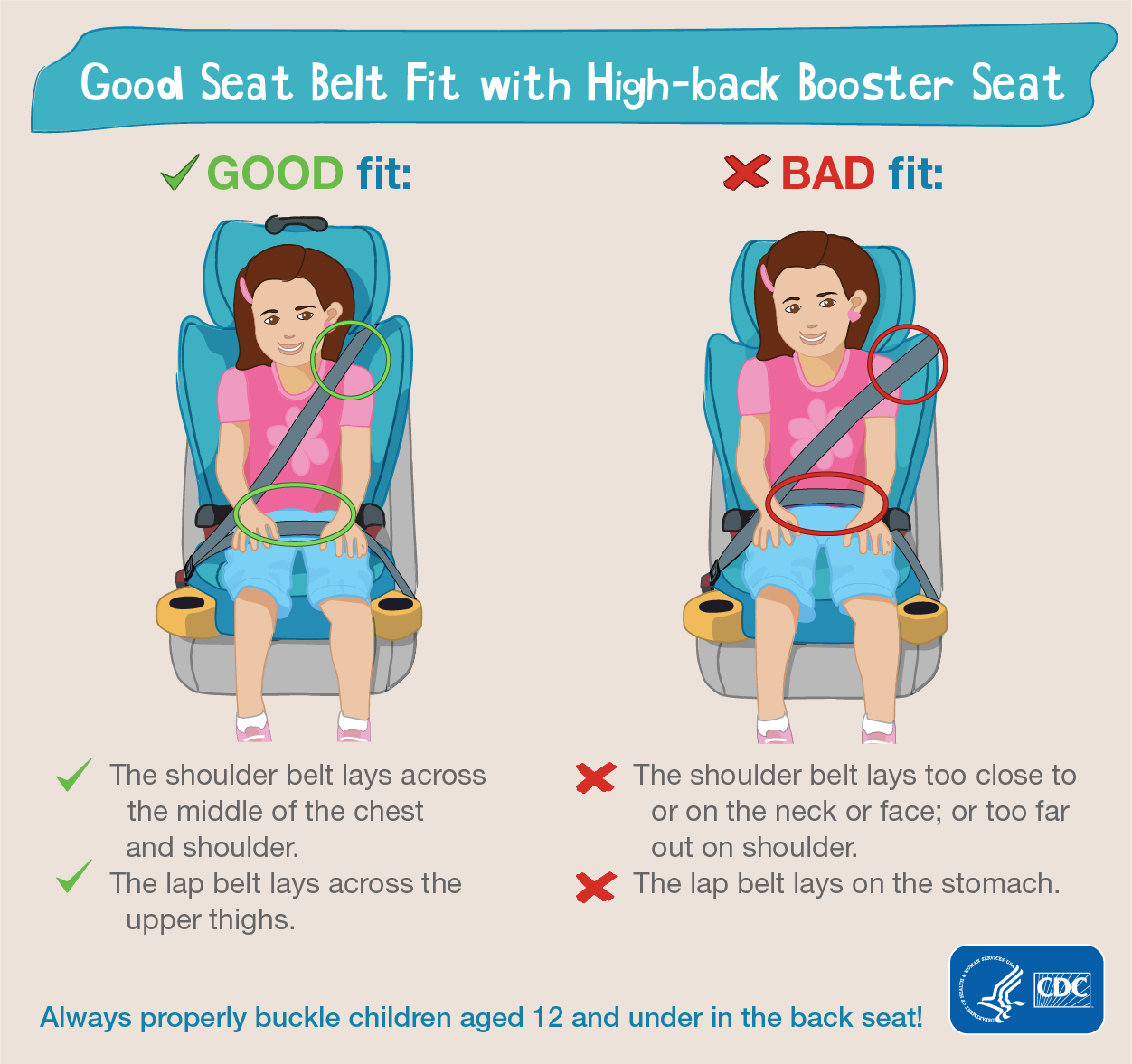Roads & PavementRoads & Pavement
Barefoot
Minimal
Low
Medium
High
Maximal
All around running shoes offer comfort and cushioning for daily runs, jogs, walks, and long mileage. They offer enough versatility for both faster and slower runs and are a great option for those who want one running shoe to do it all.
Fast run or uptempo running shoes are lightweight and responsive. They offer streamlined designs that have minimal uppers and offer a high level of energy return. These shoes are a great option for faster runs in the week or those looking for a livelier experience.
Max Cushion shoes offer premium cushioning with ample ground protection and a stable ride. These types of shoes provide abundant impact protection that softens landings while running at any pace or distance. These types of shoes are best for slower recovery runs and easy days where comfort takes priority.
Racing shoes are designed with optimal performance in mind. These types of shoes have snug-fitting uppers, energetic midsole foams, and features implemented for maximum efficiency. These types of shoes are best for runners looking to gain the ultimate advantage in races but may sacrifice some durability and comfort.
Gym Workout shoes offer a stable and versatile ride. They have a firmer underfoot feeling that provides stability for lateral movements with comfortable uppers. These types of shoes are best for trips to the gyms, cross training, casual wear, and light running. Resources Transportation Safety Injury Center CDC
Road running shoes feature smooth outsoles that are designed for running on paved surfaces such as roads, sidewalks, and bike paths.
Designed to handle most trail runs, these shoes prioritize comfort and a smooth ride. These shoes are great for anything from smooth singletrack, park trails, and fireroads making them ideal for those who run from their doorstep on streets before hitting the trail.
These shoes are best used for hard, rugged trails such as shale, granite or sandstone where grip on smooth surfaces and underfoot protection are important.
Designed for use in muddy, soggy conditions, these shoes feature very aggressive outsoles that dig deep into soft ground for exceptional traction.
These shoes feature technical outsoles designed to grip snowy and icy trails making them ideal for winter trail running.
Cushioning level, or stack height, refers to how much shoe is between your foot and the ground. For this category, we reference the amount of cushioning below the forefoot as the heel height will be equal to or greater than the forefoot height.
Resources Transportation Safety Injury Center CDC
0-13mm. The Shoe generally does not have a midsole and feels like there is no cushioning. This shoe is all about feeling the ground underfoot.
14-18mm. The shoe has a thin midsole that allows for a natural running experience. Racing shoes and minimalist shoes are common here. These shoes offer a feeling of being connected to the road or trail.
19-23mm. The shoe has a slightly cushioned feel and may feature added cushioning technologies. Performance training shoes and some trail shoes are common here. These offer protection during footstrike but prioritize a lightweight, grounded experience.
24-28mm. These shoes have a stack height that fall near the middle of the spectrum.The shoes in this category are verstaile and great for all types of runs and distances.
29-34mm. The shoe has a thick midsole and ample cushioning. These shoes are highly protective and absorb more impact than the body.
35mm plus. The shoe has an extremely thick midsole and extra cushioning. The focus is on protection and soft foam underfoot with hardly any ground feel.
Neutral shoes support the foot through a normal range of arch collapse and generally do not have a built-in technology to correct movement.
Stability shoes are a great option for those who overpronate or need added support. These shoes help to limit the inward rolling motion of the ankle while running or walking and assist in guiding the foot straight through the gait cycle. Resources Transportation Safety Injury Center CDC
Product Details:
When Is It Time for a Forward Facing Car Seat outlet, Video When Should Your Child Switch to a Forward Facing Car Seat outlet, Child Passenger Safety Features Injury Center CDC outlet, Child Passenger Safety Get the Facts Transportation Safety CDC outlet, What the New C.D.C. Guidelines Mean for You The New York Times outlet, Buckle Up Restraint Use State Fact Sheets Transportation Safety outlet, Child Passenger Safety Features Injury Center CDC outlet, Child Passenger Safety Features CDC outlet, Resources Transportation Safety Injury Center CDC outlet, Child Passenger Safety Features Injury Center CDC outlet, Child Passenger Safety outlet, Strategies to Increase Car Seat and Booster Seat Use outlet, Child Passenger Safety Features Injury Center CDC outlet, Publications Transportation Safety CDC outlet, Kittitas County Public Health Programs Childhood Injury Prevention outlet, Child Passenger Safety Motor Vehicle Safety CDC Injury Center outlet, Asegure a sus hijos de manera correcta sepa las etapas outlet, Booster Seat Planning Guide Transportation Safety CDC outlet, Child Passenger Safety Get the Facts Transportation Safety CDC outlet, Resources Transportation Safety Injury Center CDC outlet, Resources Transportation Safety Injury Center CDC outlet, BOOSTER SEAT REQUIREMENTS outlet, Child Passenger Safety Features Injury Center CDC outlet, Car Seat Safety Bayfield County WI Official Website outlet, Child Passenger Safety Transportation Safety Injury Center CDC outlet, Using car seats is not a parenting style Air Force Safety outlet, CDC Arizonas Child Safety Seat Law Could Still Be Better Public outlet, SC Child Passenger Safety CPS SCDPS outlet, Child Growth Chart Car Seat Stages Pro Car Seat Safety outlet, Teen Drivers and Passengers Get the Facts Transportation Safety outlet, Resources Transportation Safety Injury Center CDC outlet, Resources Transportation Safety Injury Center CDC outlet, CDC Did you know car crashes are a top cause of death for outlet, Child Passenger Safety Motor Vehicle Safety CDC Injury Center outlet, Child Passenger Safety Infographics VitalSigns CDC outlet, Resources Transportation Safety Injury Center CDC outlet, Resources Transportation Safety Injury Center CDC outlet, Resources Transportation Safety Injury Center CDC outlet, cdc 81832 DS1.png outlet, Resources Transportation Safety Injury Center CDC outlet, Resources Transportation Safety Injury Center CDC outlet, Resources Transportation Safety Injury Center CDC outlet, Resources Transportation Safety Injury Center CDC outlet, Resources Transportation Safety Injury Center CDC outlet, What you need to know about the CDC s updated car seat guidelines outlet, CDC Injury Center on X outlet, Resources Transportation Safety Injury Center CDC outlet, Resources Transportation Safety Injury Center CDC outlet, Car Seat Safety Decoding the Rules and Regulations Mercy outlet, Child Passenger Safety Features Injury Center CDC outlet, Product Info:
Cdc car seat rules outlet.
- Increased inherent stability
- Smooth transitions
- All day comfort
Model Number: SKU#7461705
